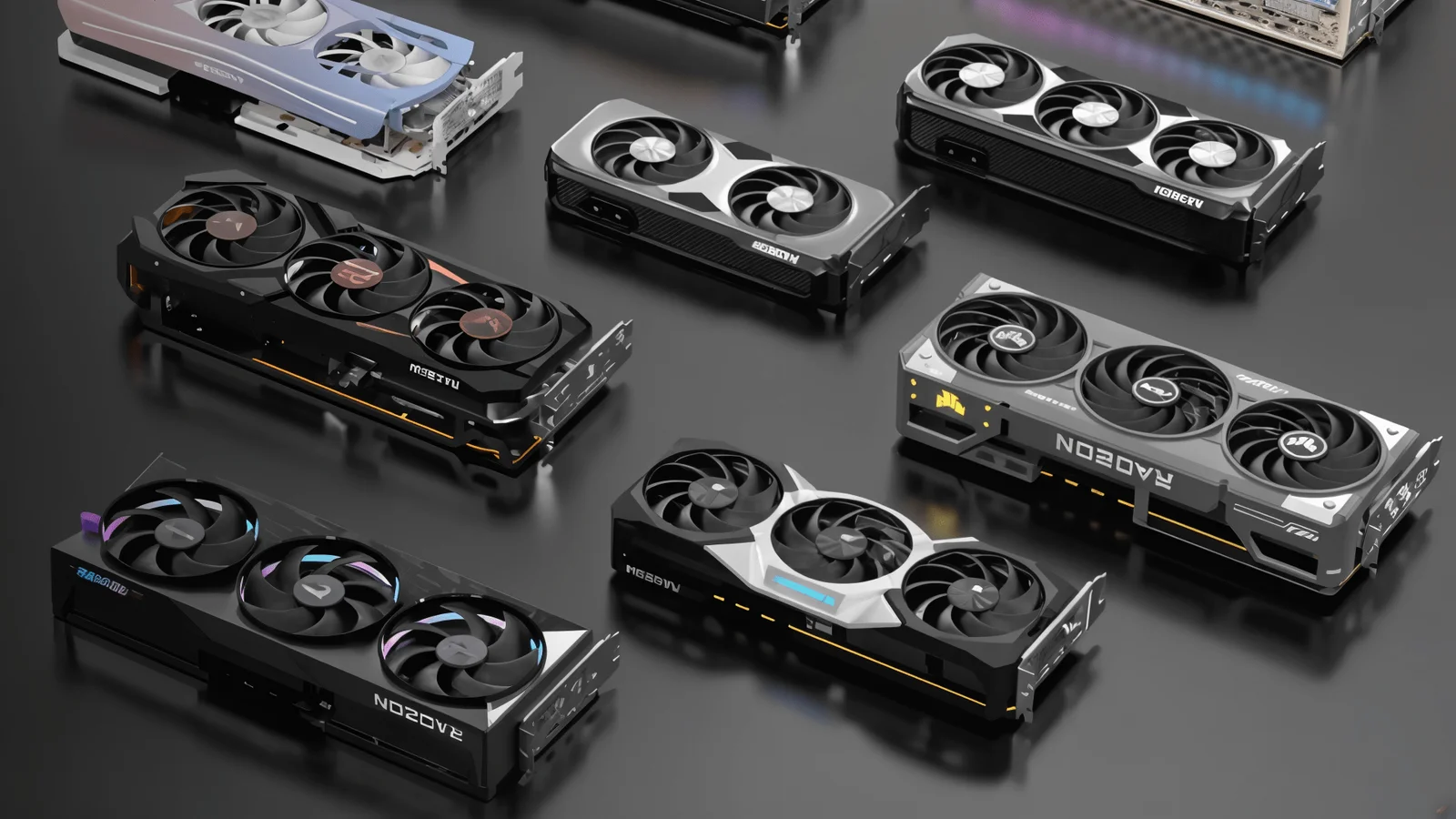By Joshua Bato
Copyright researchsnipers

The Radeon RX 9070 can be successfully flashed with the BIOS of its XT variant. This leads to a performance gain of up to 25 percent. The intervention shows the hidden potential of the cheaper card, but also carries considerable risks.
BIOS flash brings significant increase in performance
Both the Radeon RX 9070 and its XT variant use 16 GB GDDR6 memory on a 256-bit bus. However, the RX 9070 only has 56 compute units, while the XT is equipped with 64 C. The RX 9070 also has a TDP of 220 watts, the RX 9070 XT consumes 304 watts. But despite these differences, both cards can be operated with the BIOS of the XT version.
In the case of the RX 9070, this ensures considerable performance increases. The 9070 XT has 12.5 percent more stream processors than the 9070 (4096 compared to 3584) and higher clock frequencies. Exactly these additional resources can be activated to the cheaper variant by flashing the XT-BIOS.
The Reddit user Nova_realize Documented his experiences with a PowerColor RX 9070 Reaper in detail. There were impressive results with a performance plus between ten and 25 percent.
Remarkable benchmark results in the test
In 3DMark Steel Nomad, the score rose after the BIOS flash from originally 5821 to 6461. With additional adjustments to tension and storage, the card even reached 7277 points, which is a significant jump of 25 percent compared to the initial state. However, according to the user, the performance gain was more moderate in practical game tests, but was nevertheless noticeable. In Cyberpunk 2077 at 1440 P with activated raytracing, the average frame rate improved from 70 to 78 fps. The 1 percent and 0.1-percent Lows also showed improvements, which ensures a more even gaming experience.
The software modification was made possible by Benik3 on overclock.net and differs from hardware-based VBIOS flashing with special programming devices. However, the phenomenon is not new in the AMD world. Because in previous generations, users were able to bring cheaper cards to the level of performance of more expensive variants through BIOS modifications. Similar successes have already been made with RX Vega 56 to Vega 64, RX 5600 to 5600 XT and other combinations.
Significant risks for guarantee and hardware
Before users make a corresponding adjustment to their own map, they should be aware of the risks. The flash of the GPU-BIOS automatically leads to warranty loss, since the manufacturers can recognize when the BIOS has been unlocked. The procedure for cards with just one BIOS chip that the Reddit user used is particularly risky. Improper flash can cause damage and make the GPU permanently unusable.
Experts strongly advise you to only use cards with BIOS switches or to have a replacement GPU to recover from failed flash tests. User-defined BIOS settings for overclocking should only be carried out by experienced users. The whole thing is tempting at up to a quarter more performance.